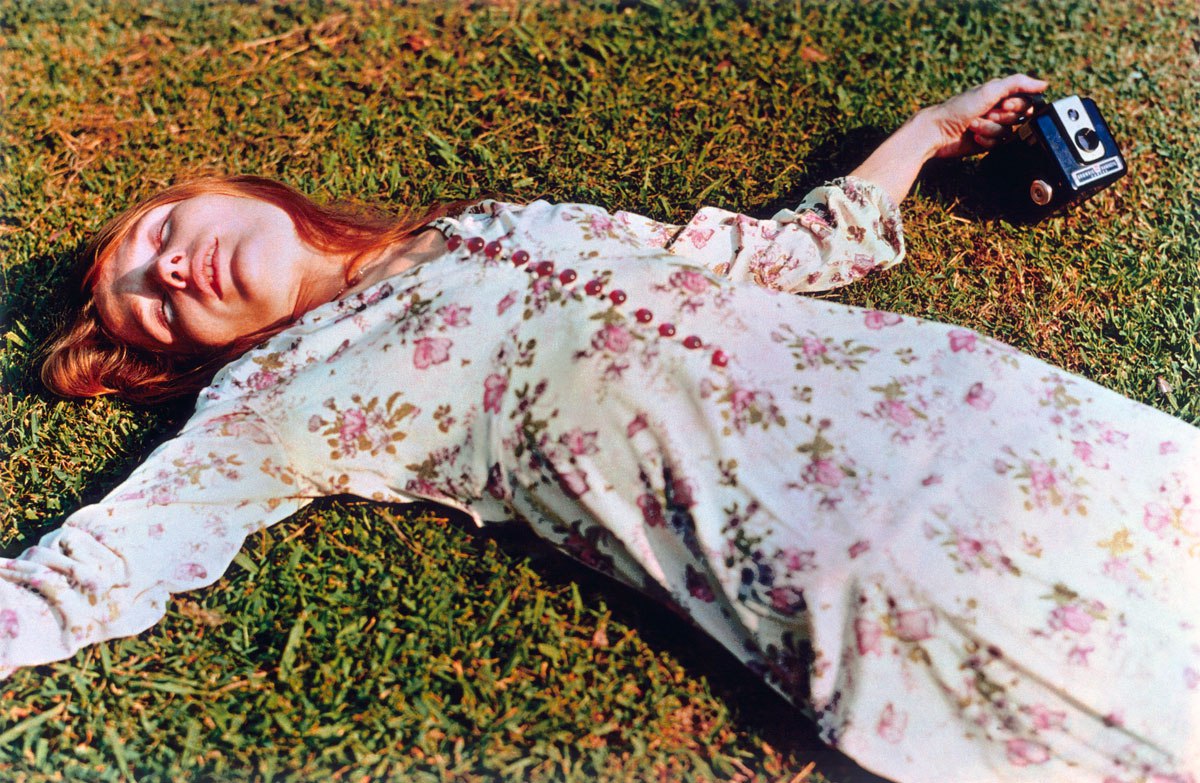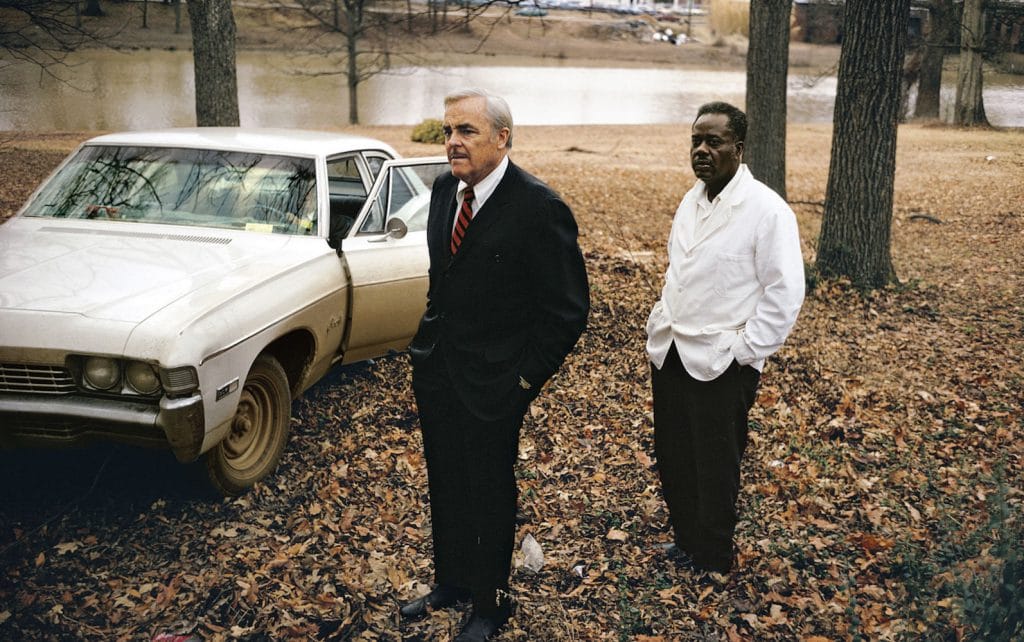Think of a William Eggleston photograph and it most likely will not feature any people. You most likely may recall simple slices of rural American life: a tangle of wires on a red ceiling, a child’s bike, a coke machine, old gas stations or simply a patch of wall. His work celebrated for the experimental use of colour and the way that that he sees complexity and beauty in the mundane.
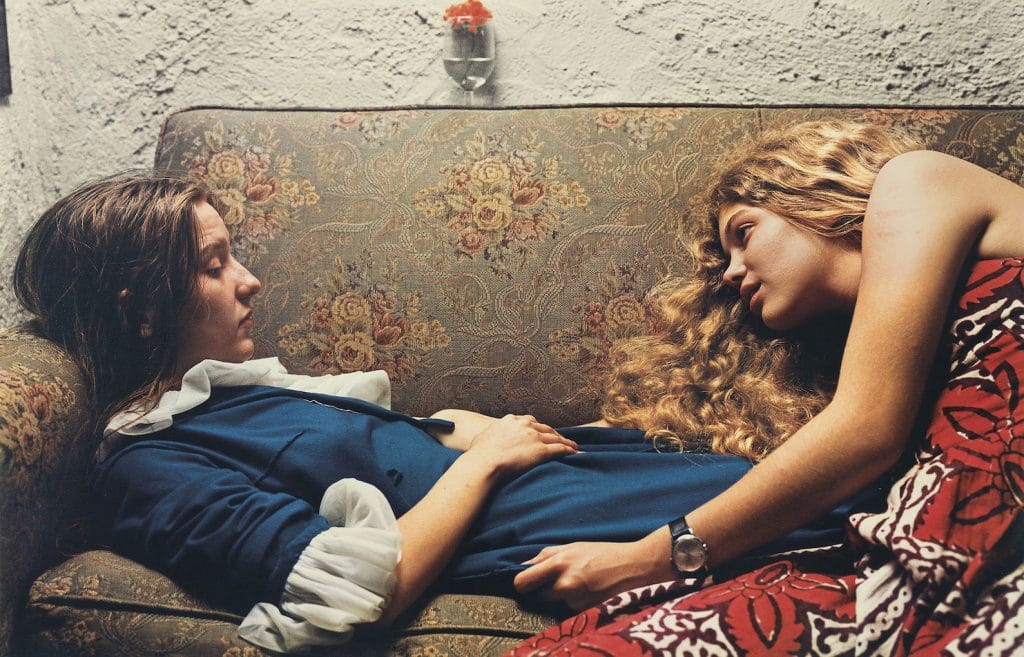
Perhaps this is largely true but in a stunning new exhibition that has targeted the portraits, that up to now have perhaps seemed a less important part of his work, it actually turns out that quite often there is rather more to the story.

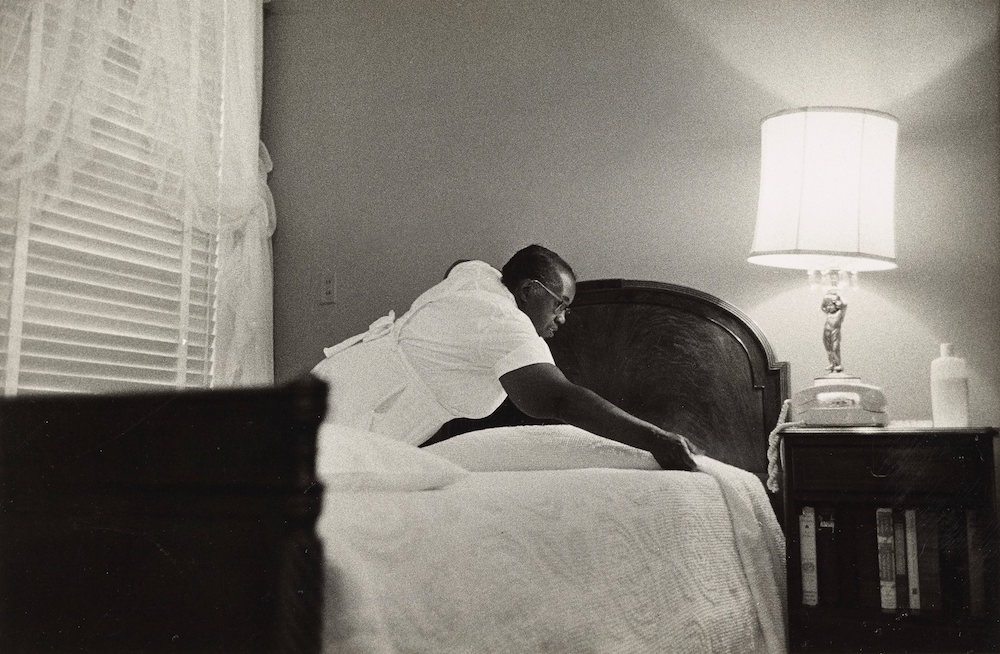
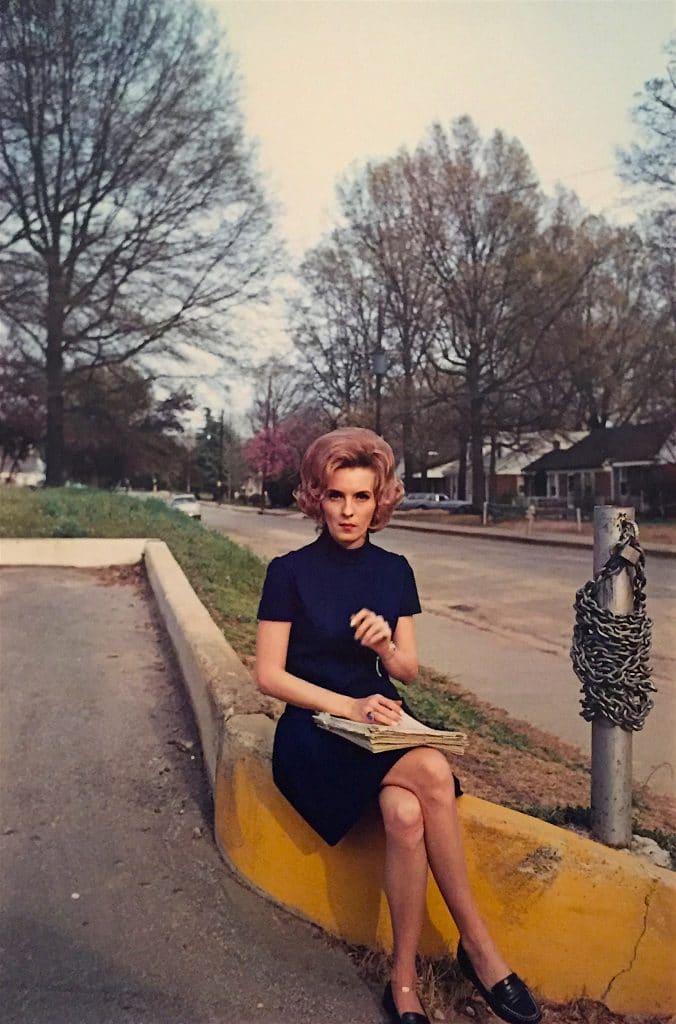
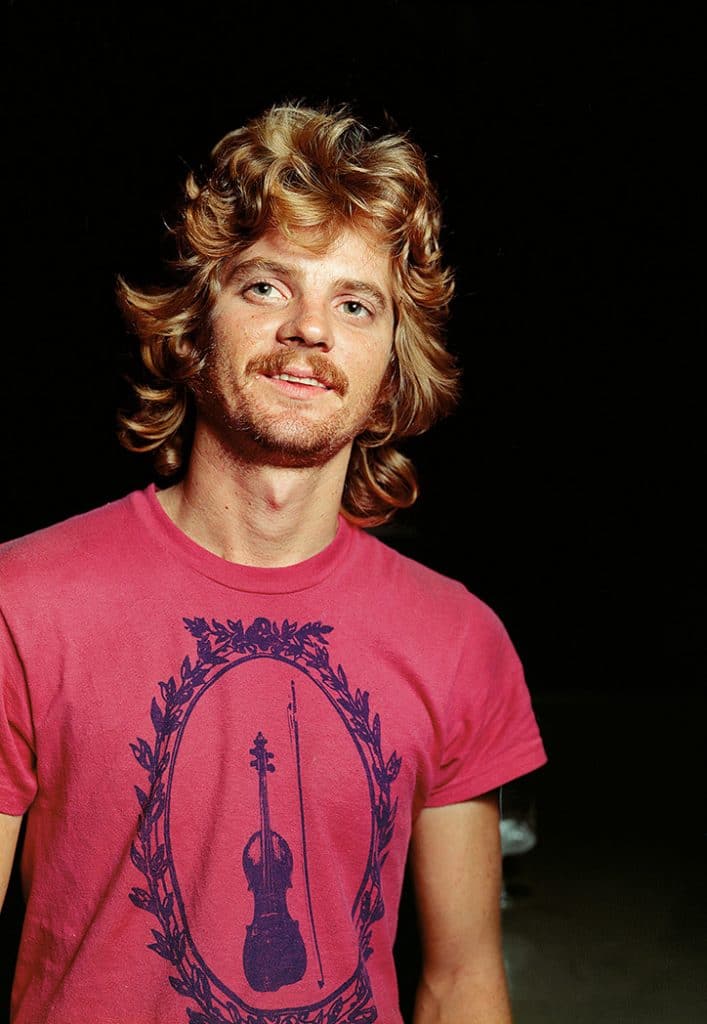
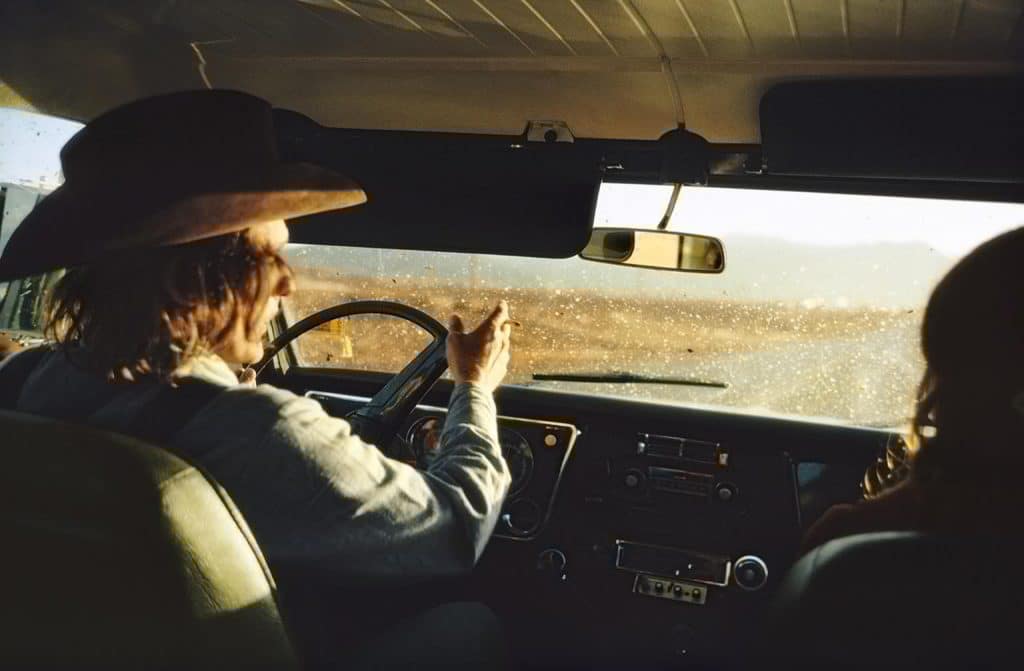
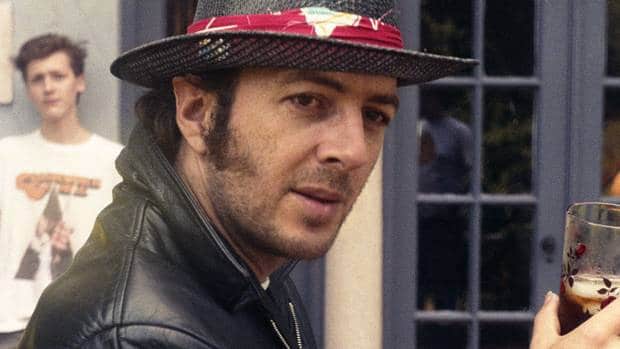
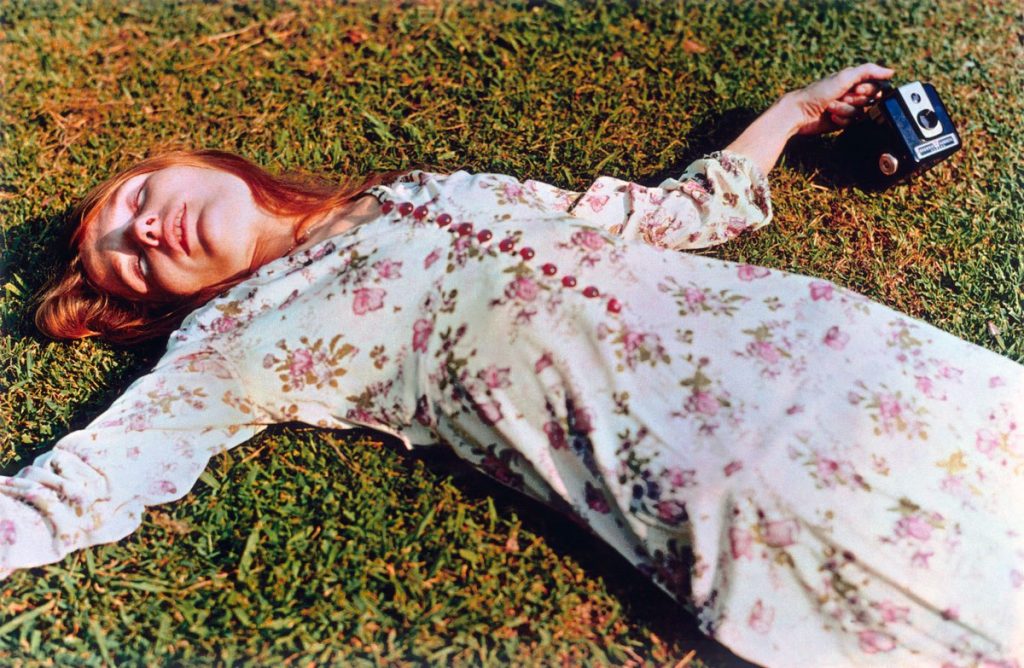
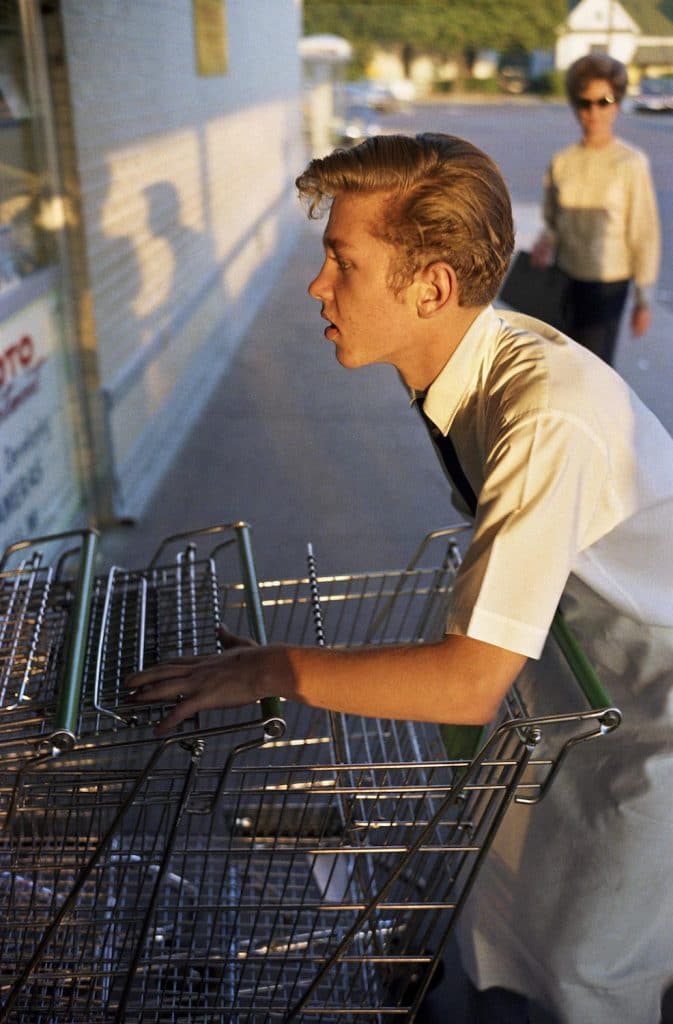

William Eggleston Portraits is at the National Portrait Gallery until 23 October 2016.
For further information, please visit: www.npg.org.uk
To purchase visit here




